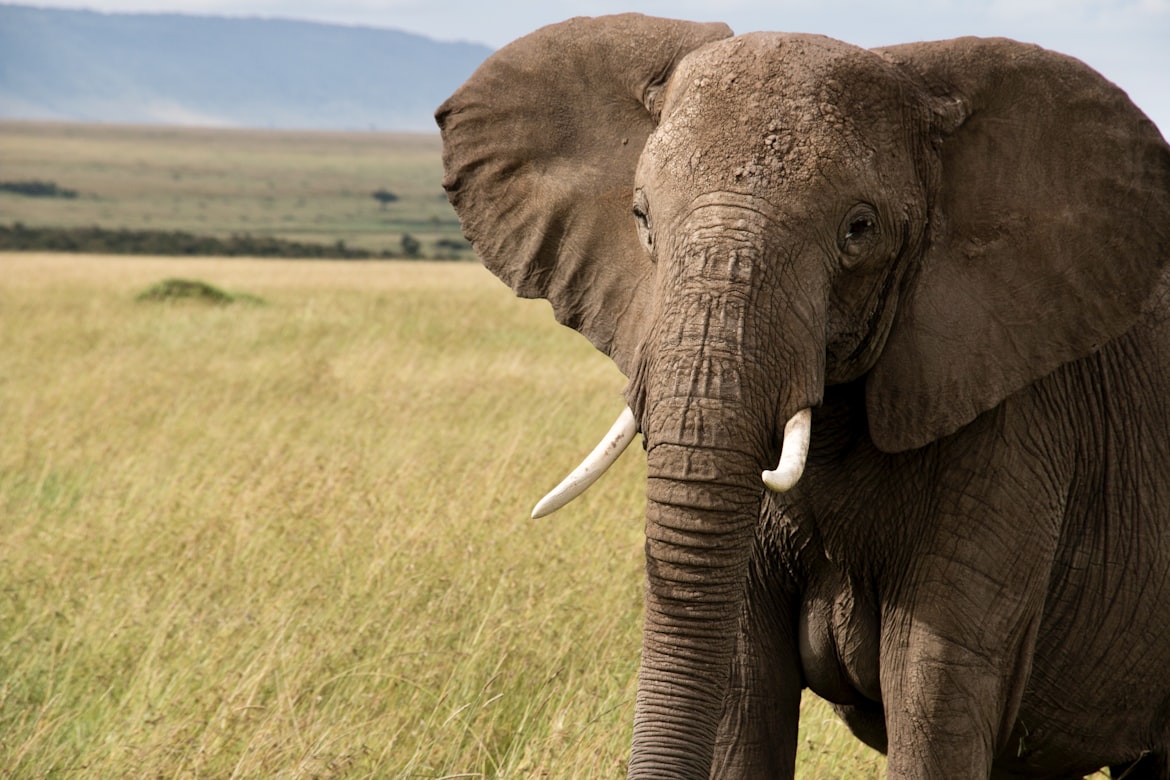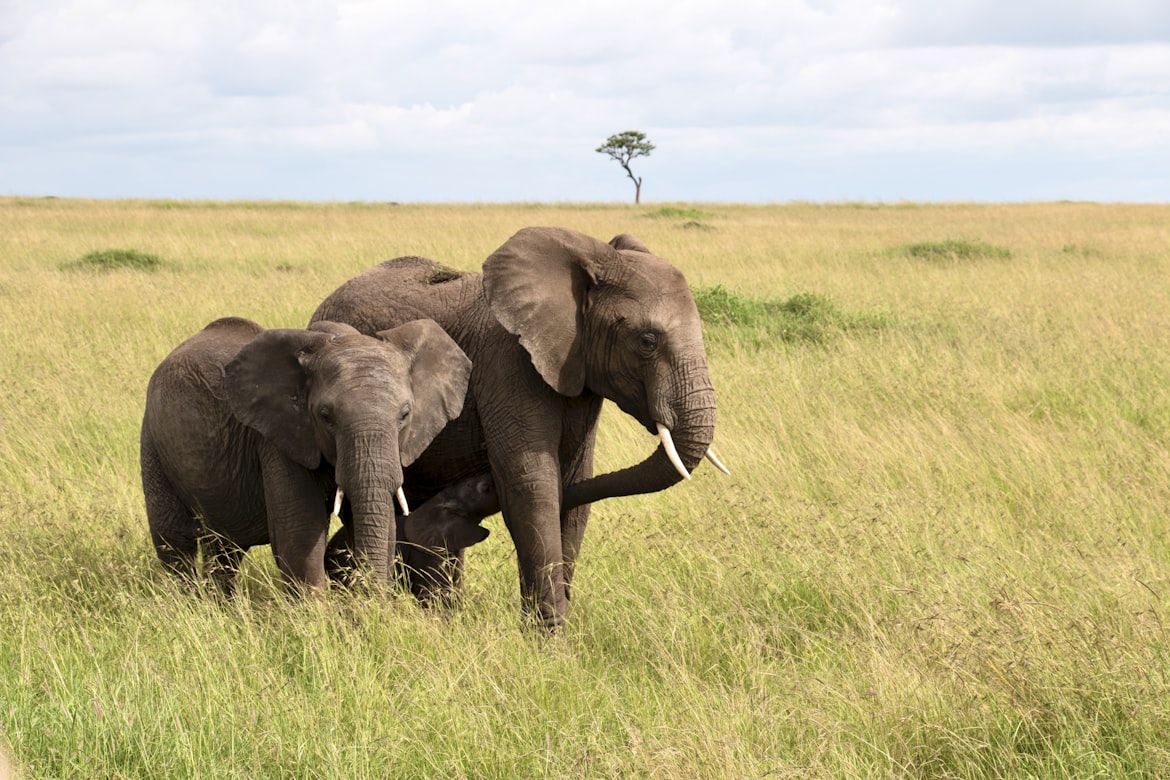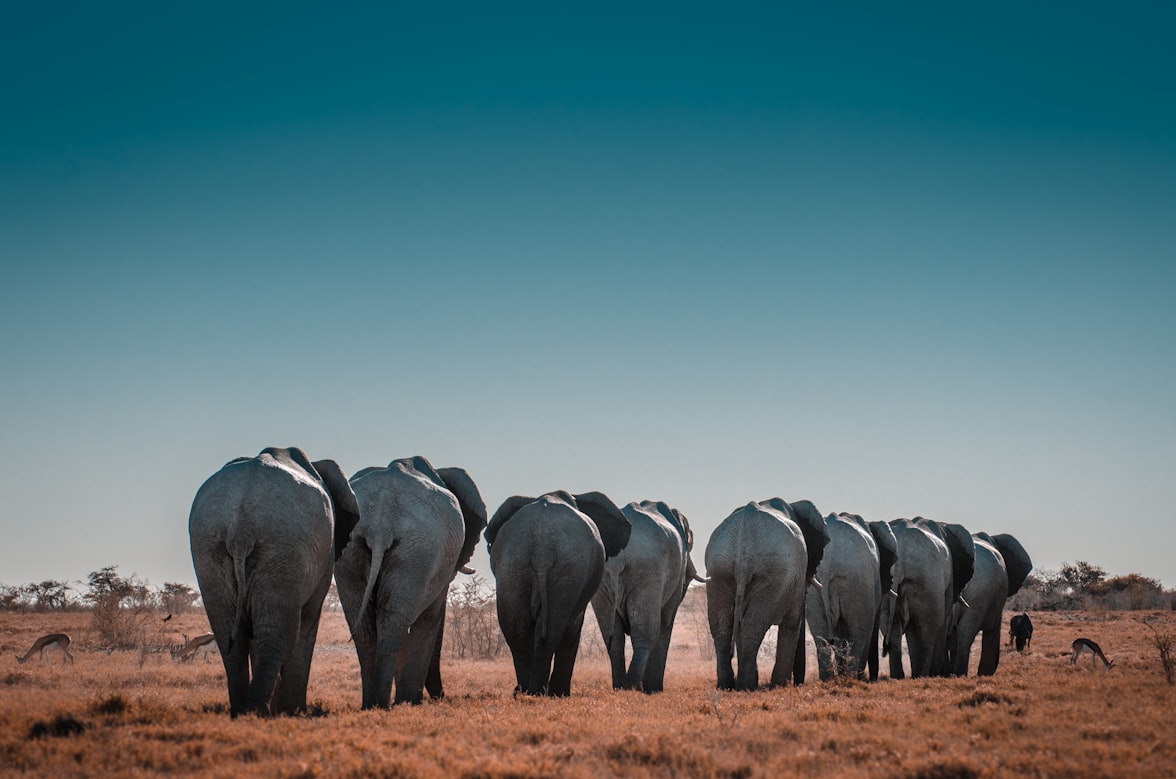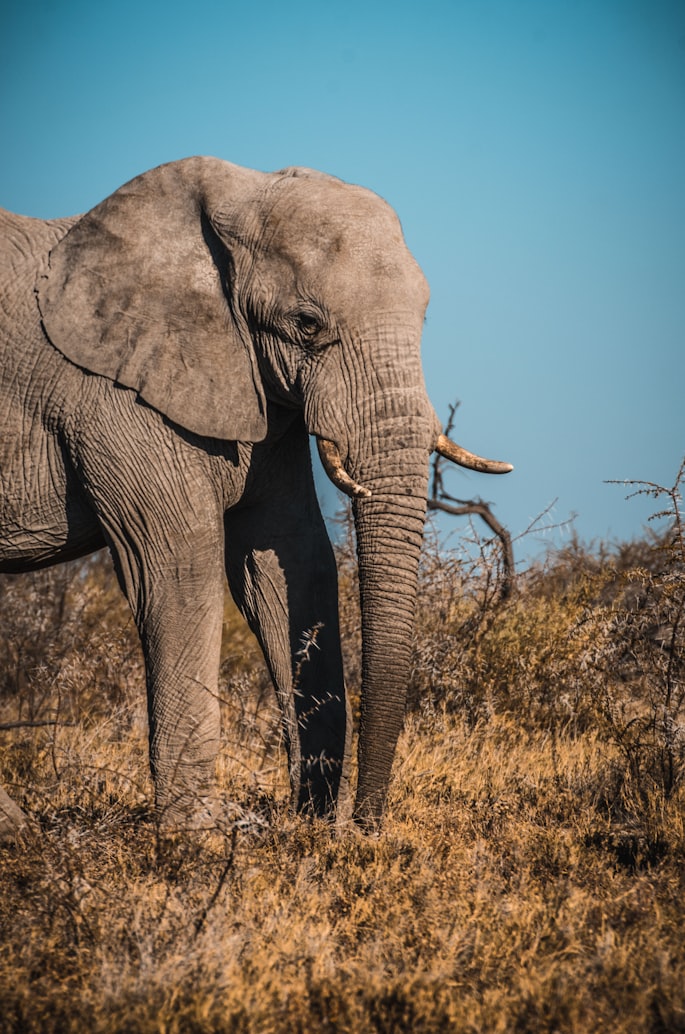Elephantastic: The Fascinating World of the Largest Land Animal
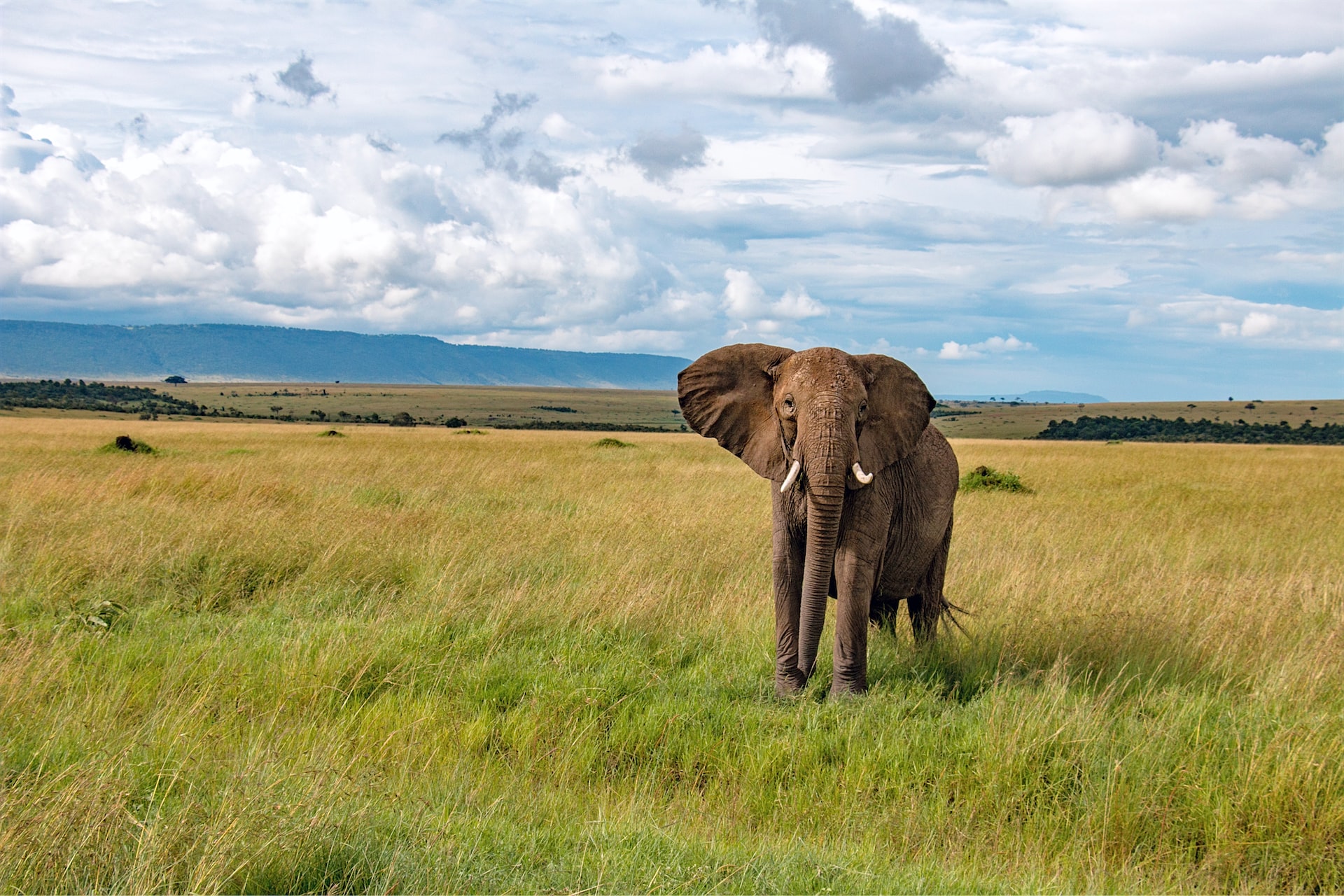
Elephants are large, intelligent, and social animals that are native to parts of Africa and Asia. They are known for their distinctive appearance, including their long trunk, large ears, and thick, wrinkled skin. Elephants are the largest land animals on Earth and are an important part of many ecosystems.
Physical characteristics
Elephants are massive animals and can weigh up to 24 tons. They have a long trunk, which they use for communication, feeding, and other tasks, and large ears, which help regulate their body temperature.
Elephants also have strong, column-like legs and wide feet, which help support their weight and allow them to walk over rough terrain. They have excellent memories and are known for their problem-solving abilities.
Behavior and ecology
Elephants are social animals and live in large groups called herds, which can range in size from a few individuals to over 100. Herds are led by a dominant female, who is responsible for the group’s decisions and welfare.
Elephants are herbivores and feed on a variety of plants, including grasses, fruits, and bark. They are also known for their ability to use tools, such as branches and rocks, to help them feed and protect themselves.
Reproduction and social structure
Elephants have a complex social structure and mating system. Males are responsible for protecting and providing for the herd, while females do the majority of the caring for the young.
Elephants mate throughout the year and females give birth to a single calf after a gestation period of around 22 months. Calves are dependent on their mothers for survival and are usually weaned at around 4 years of age.
Conservation and threats
Elephants are threatened by habitat loss, poaching, and conflicts with humans. They are protected by international law, and conservation efforts are underway to protect their remaining populations and help them recover.
Some of the threats facing elephants include habitat destruction due to logging, agriculture, and urbanization, as well as poaching for their tusks, which are valued for their ivory.
Breeds and types
There are two recognized species of elephants: the African elephant and the Asian elephant. African elephants are the largest and are found in various parts of the continent, while Asian elephants are smaller and are found in parts of South and Southeast Asia. Elephants are also classified into two categories based on their size and habitat: forest elephants and savanna elephants.
And, at last.
Elephants are intelligent and social animals that play an important role in many ecosystems. However, they are also threatened and face significant challenges to their survival.
Conservation efforts are important to protect these magnificent animals and help ensure their future. It is also important for humans to coexist with elephants in a way that minimizes conflict and promotes the long-term survival of these animals.
